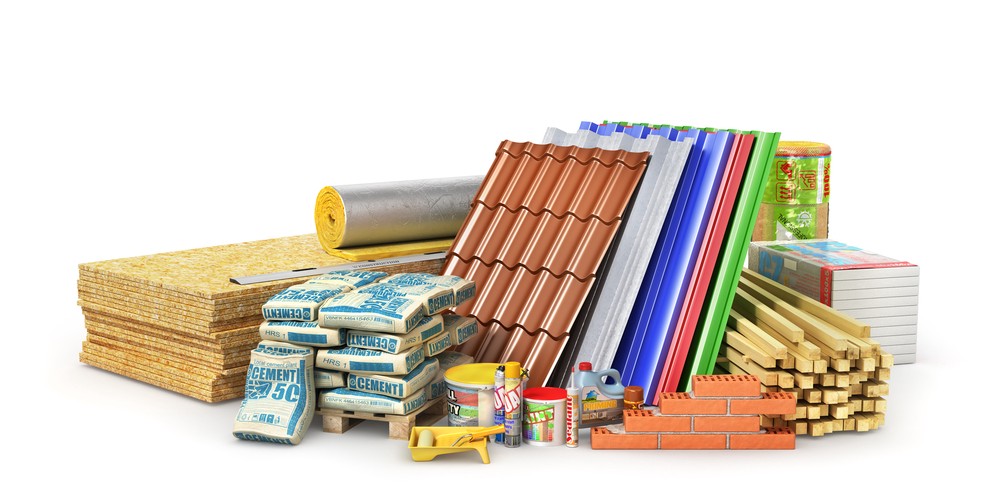Composites: The Future of Sustainable Building And Construction Products
Composites: The Future of Sustainable Building And Construction Products
Blog Article
Discovering the Uses and Advantages of Recycled Composites in Modern Industries
The amalgamation of recycled products with sophisticated composite technologies presents an encouraging method for enhancing sustainability, resilience, and cost-efficiency throughout numerous industries. As markets look for innovative options to attend to environmental concerns and improve functional performances, the consolidation of recycled compounds emerges as an engaging choice.
Ecological Benefits of Recycled Composites
The application of recycled compounds in modern sectors supplies significant environmental benefits, adding to the reduction of waste and the preservation of natural deposits. By including recycled compounds right into making procedures, sectors can reduce their reliance on virgin materials, therefore decreasing the amount of waste created and the power needed for extraction and production. This change in the direction of utilizing recycled compounds aids in drawing away products from garbage dumps, relieving the worry on waste monitoring systems, and reducing greenhouse gas discharges related to traditional production techniques.
Furthermore, making use of recycled composites advertises the preservation of natural deposits such as wood, minerals, and water, which are usually diminished through the removal and processing of resources (composites). By extending the life expectancy of materials via recycling, markets can help maintain ecosystems and biodiversity by lowering the need for new sources. Generally, the adoption of recycled composites in modern markets plays a critical function in promoting sustainability and minimizing the ecological impact of manufacturing procedures
Improved Durability in Product Production
With a concentrate on long life and effectiveness, including recycled compounds right into product production procedures boosts resilience and sustainability. By utilizing recycled compounds, suppliers can develop items that are not only solid however likewise resistant to damage, making them excellent for long-lasting use in different sectors. The combination of different products in recycled compounds can usually cause improved strength and durability compared to standard products, providing a cost-efficient solution for creating resilient items.
One of the essential benefits of making use of recycled compounds in item manufacturing is the capability to customize the product residential or commercial properties to meet specific toughness requirements. By readjusting the composition and production techniques, producers can tailor the recycled composites to hold up against extreme environmental problems, hefty lots, or constant use without jeopardizing on efficiency. This adaptability in layout and production permits the creation of highly long lasting items that keep their stability with time, reducing the requirement for constant replacements and eventually adding to a more sustainable production procedure.
Cost-Effectiveness and Economic Advantages
Including recycled compounds into item manufacturing not just improves longevity and sustainability yet also supplies considerable cost-effectiveness and economic benefits. Utilizing recycled composites can bring about decreased material expenses as recycled products are commonly less costly than virgin materials. Furthermore, reusing composite materials can lower waste disposal costs and lower the need for garbage dump space, adding to general expense savings for markets.

Innovation and Design Adaptability With Recycled Compounds
Making use of recycled compounds in modern-day markets uses exceptional opportunities for development and design flexibility. By integrating recycled products right into composite production procedures, business can push the limits of typical design constraints and check out new opportunities. The adaptability of recycled composites enables the production of complicated shapes and frameworks that may not be achievable with traditional materials.
One of the vital advantages of recycled compounds is their capacity to be built into various forms, providing developers the liberty to explore distinct shapes and sizes. composites. This flexibility opens a globe of innovative possibilities, allowing the growth of lightweight yet resilient items that meet the particular demands of different markets
In addition, making use of recycled compounds promotes sustainable methods and sustains the circular economic climate by decreasing waste and decreasing the environmental influence of manufacturing procedures. This concentrate on environment-friendly layout options aligns with the expanding fad towards sustainability in modern industries, making recycled compounds a valuable resource for ingenious and forward-thinking firms.
Applications Across Various Industries
Recycled composites locate check diverse and impactful applications throughout a wide variety of industries because of their special residential or commercial properties and sustainability advantages. In the automobile industry, these materials are progressively utilized for producing lightweight and long lasting elements, improving gas performance and lowering carbon emissions. The aerospace industry gain from recycled compounds in the manufacturing of aircraft components, where the products' strength-to-weight ratio is essential for guaranteeing security and performance. In building and construction, these compounds are utilized for producing strong yet green building products, contributing to lasting infrastructure advancement. The renewable energy market uses recycled compounds in wind go to these guys turbine blades and solar panels, using their stamina and resistance to severe environmental problems. Furthermore, the marine sector makes use of these products for making boat hulls and elements, providing boosted resilience and rust resistance. The adaptability and sustainability of recycled compounds make them valuable across numerous sectors, driving advancement and ecological stewardship. composites.
Conclusion
To conclude, the use of recycled composites in modern-day markets offers significant ecological advantages, enhanced longevity in item manufacturing, cost-effectiveness, and economic advantages. In addition, using recycled compounds permits advancement and design adaptability across various markets. Generally, the adoption of recycled compounds provides a useful and sustainable option for fulfilling the needs of the sector while additionally minimizing ecological influence.

One of the key advantages of using recycled composites in product production is the capability to tailor the material buildings to fulfill particular toughness requirements. Making use of recycled composites can lead to reduced material prices as recycled materials are often much less pricey than virgin materials. The aerospace industry advantages from recycled composites in the production of airplane components, where the products' strength-to-weight proportion is critical for guaranteeing safety and security and efficiency.
Report this page